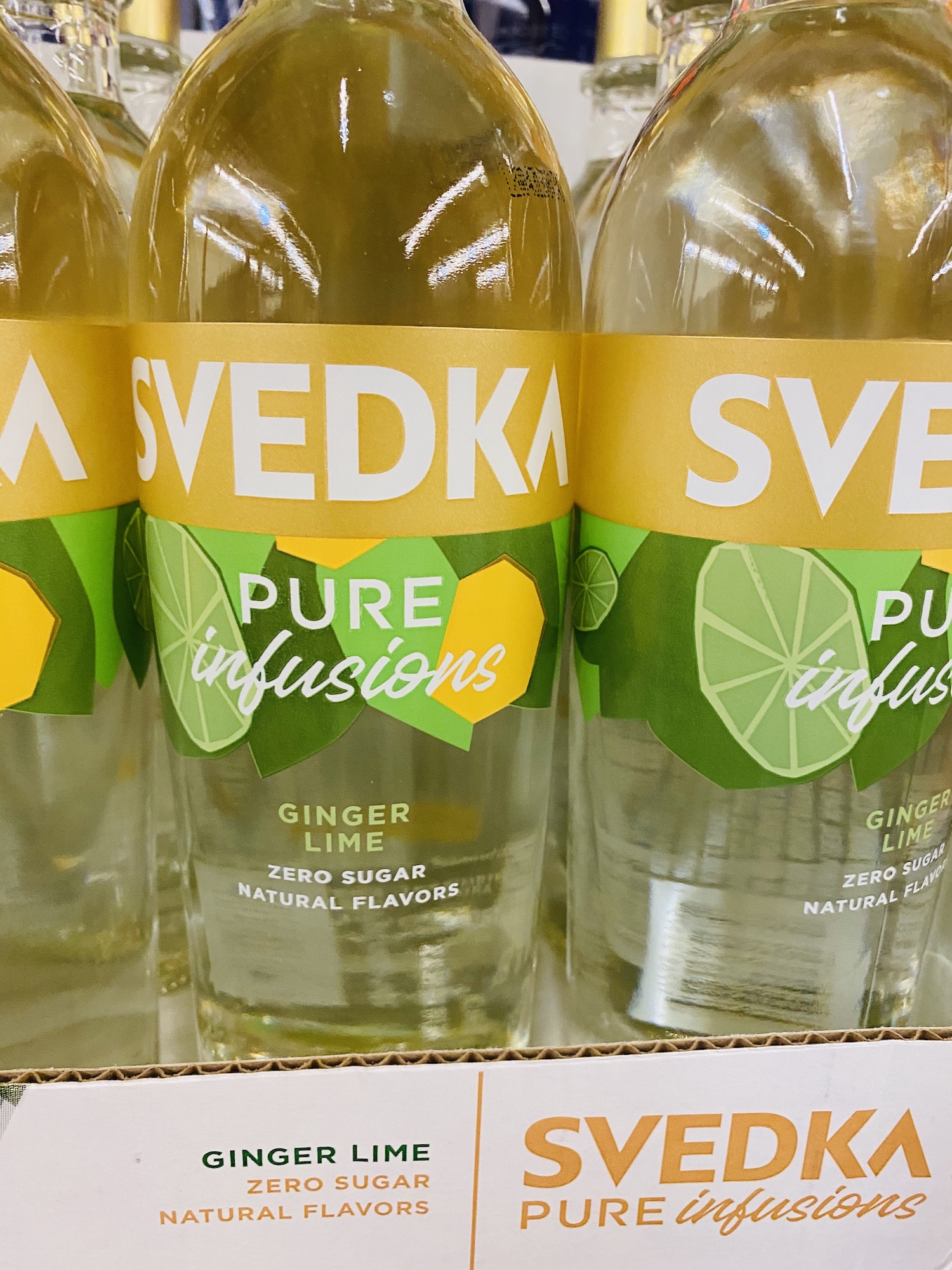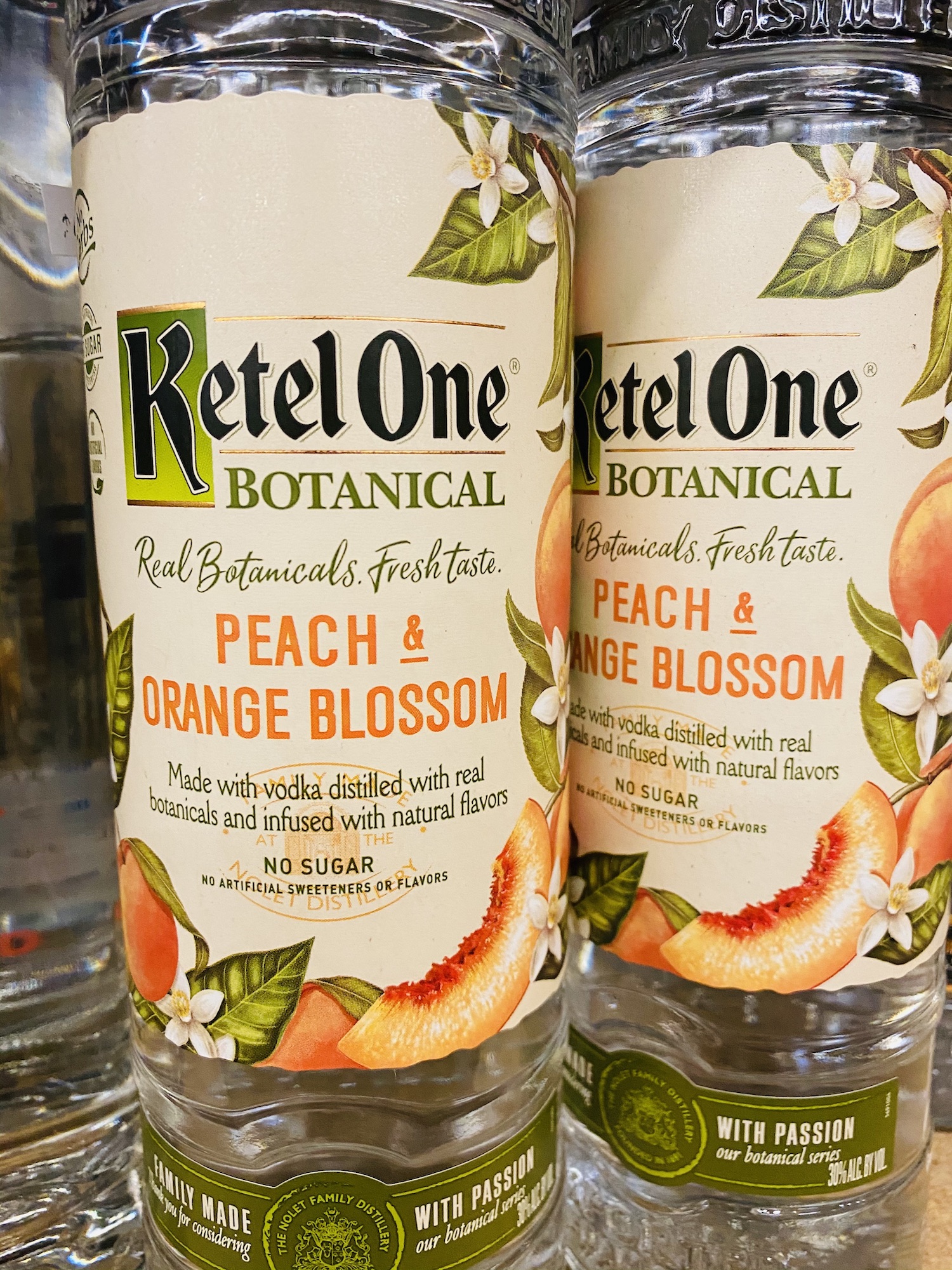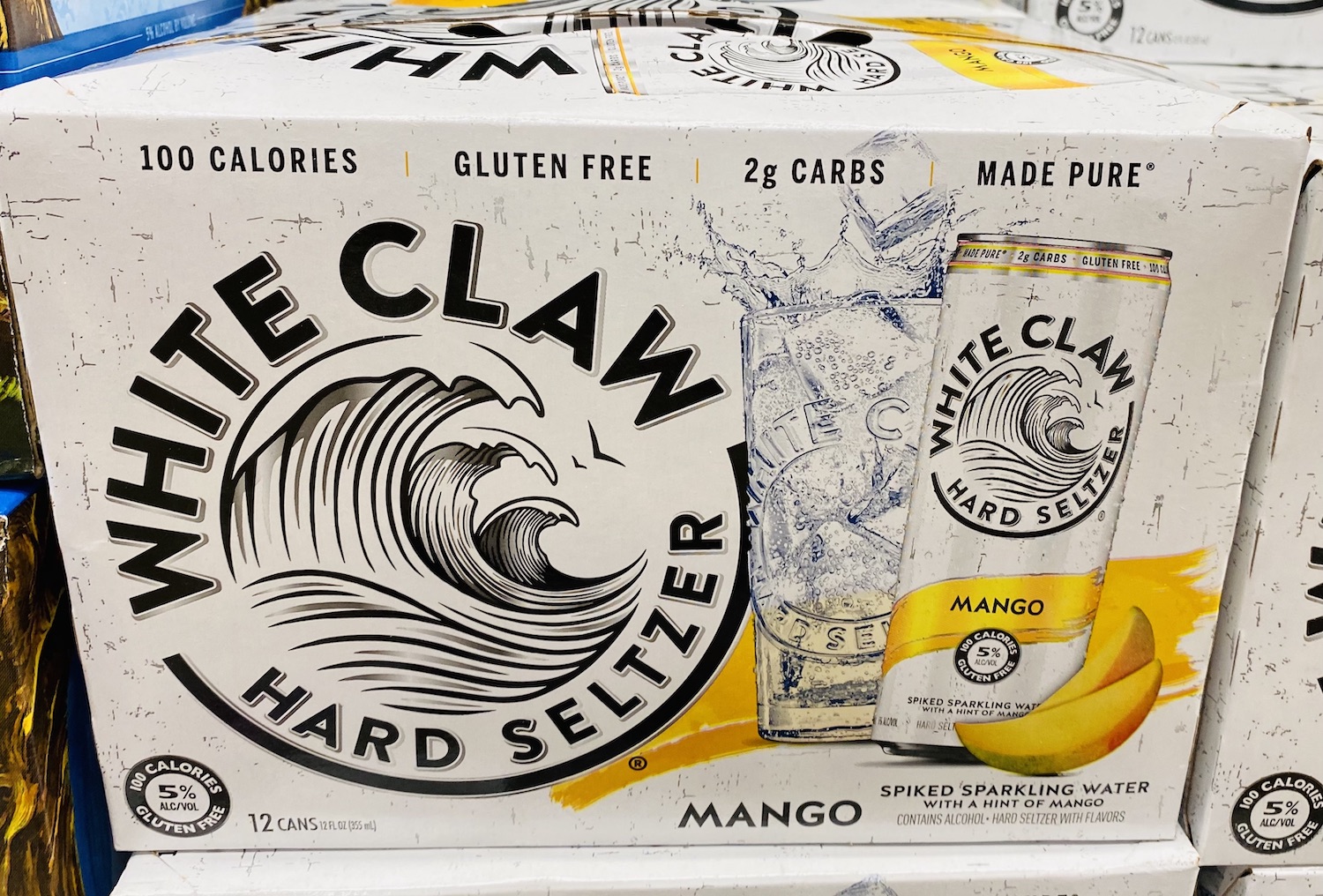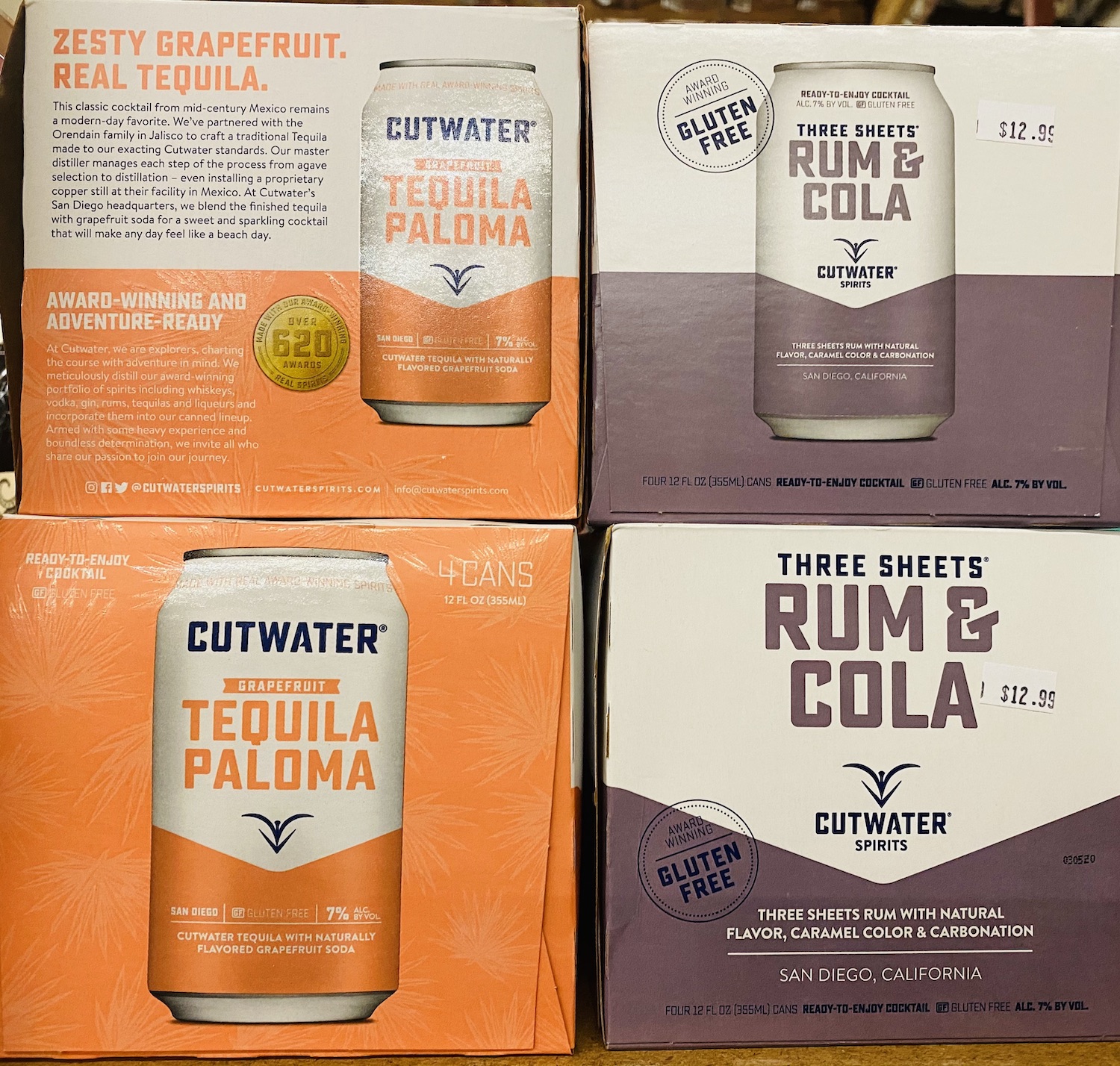Marketing to Millennials
After a conversation with Rob McMillan, EVP and Founder of Silicon Valley Bank’s Wine Division, I was motivated to go to the store and do a deep dive into spirits packaging. The dietary cues on packaging in the spirits and hard seltzer categories geared to Millennials have never been so prevalent, but the wine industry has been slow or reluctant to catch up.
Rob pointed out that his recommendations in January’s State of the Wine Industry Report have not changed, even during this year of upheaval. Page 56 of this report emphasizes the need for the industry to adapt to the health cues that are important to younger consumers. Spirits of course are attractive to the millennial market as they offer better value for money, can be lower in alcohol if seltzers, and have a longer shelf life once opened. For many it is their drink of choice.
I ventured out to our local Safeway and liquor store to check the latest packaging for myself. Here is what we can learn from the spirits and hard seltzer brands:
Calories, Carbs & Sugar
This is all called out on most packaging. You’ll see words like “Low calorie”, “Zero sugar” and “Pure”. The number of grams of sugar in each “portion” are often called out. Transparency around additives or lack thereof are appreciated by younger consumers (“no artificial sweeteners or additives”). Below are Ketel One and Svedka’s packaging where these are mentioned on the label.
Gluten free
You’ll see Gluten Free frequently on packages. White Claw highlights this on all packaging. We all know that wine is generally classed as gluten free but in most cases the industry has never called it out or needed to, perhaps until now. Now we have a generation that cares and is used to seeing this on packaging, without perhaps knowing the exact ingredients in wine (grapes). They are making quick decisions based on health and transparency.
Alcohol
For this generation, low alcohol is attractive. The alcohol is generally called out in most packaging of spirits and seltzers.
Place of origin
The place of origin or where the ingredients (water, for example) came from is also something that is seen as a selling point. i.e: SKYY “Born in San Francisco”. People identify with places and what to know where the brand is from. For wine, of course this is already a labeling requirement.
“Natural” flavors, real juice and colors
Absolut Juice (Pear & Elderflower edition): “Vodka with natural flavor and colored with beta-carotine”. They can use the term “natural” if they use flavors derived from natural sources like oils, resins and other extracts (vs synthentic). Natural does not mean they used the exact same fruit of the flavoring of the spirit. In another example, Ficks All Natural Premium Cocktail Mix calls out “Real Juice” on the label. This means it contains a minimum of 5% juice, then the recipe is filled out with other ingredients.
These terms and the visual cues associated with them have become a common language for millennials on food and beverages. While this demographic may be aspirational and the wine industry is traditional, you may need to make directional improvements over time and meet these young buyers in the middle. It could be done in an elegant, subtle way as you continue to stay relevant in a changing marketplace.




